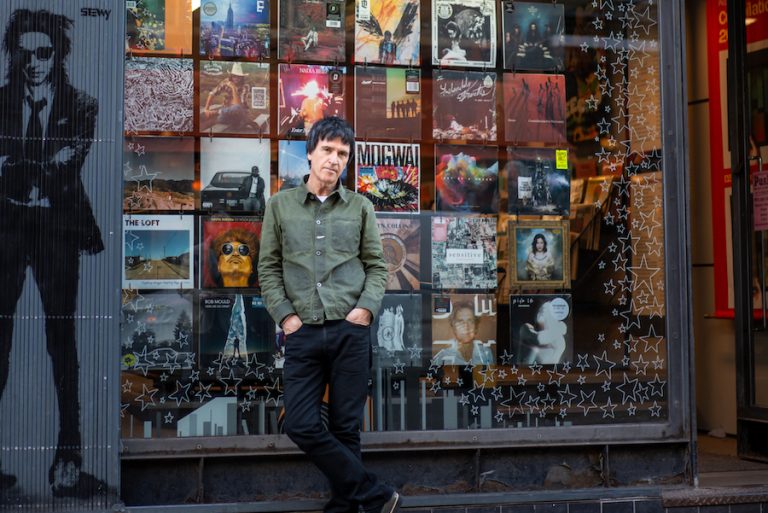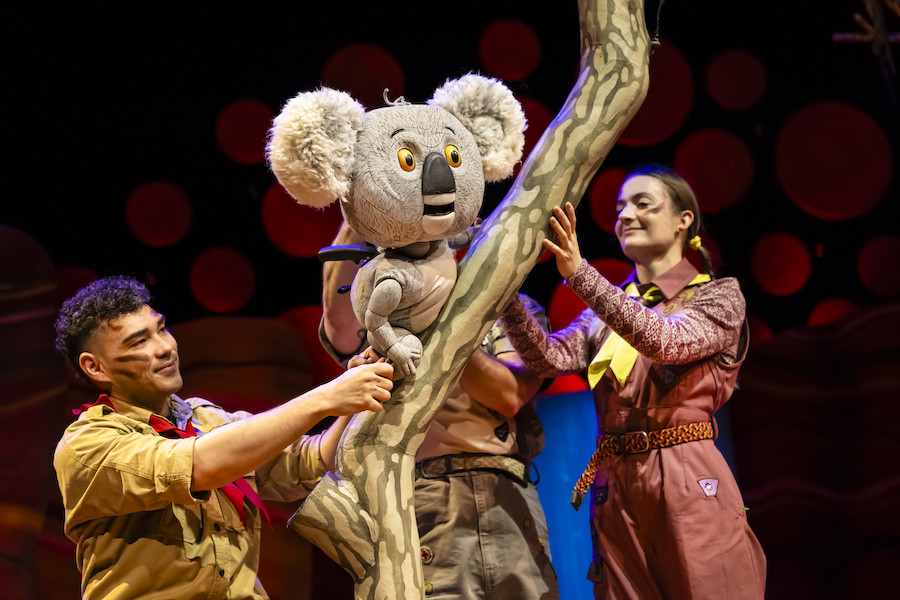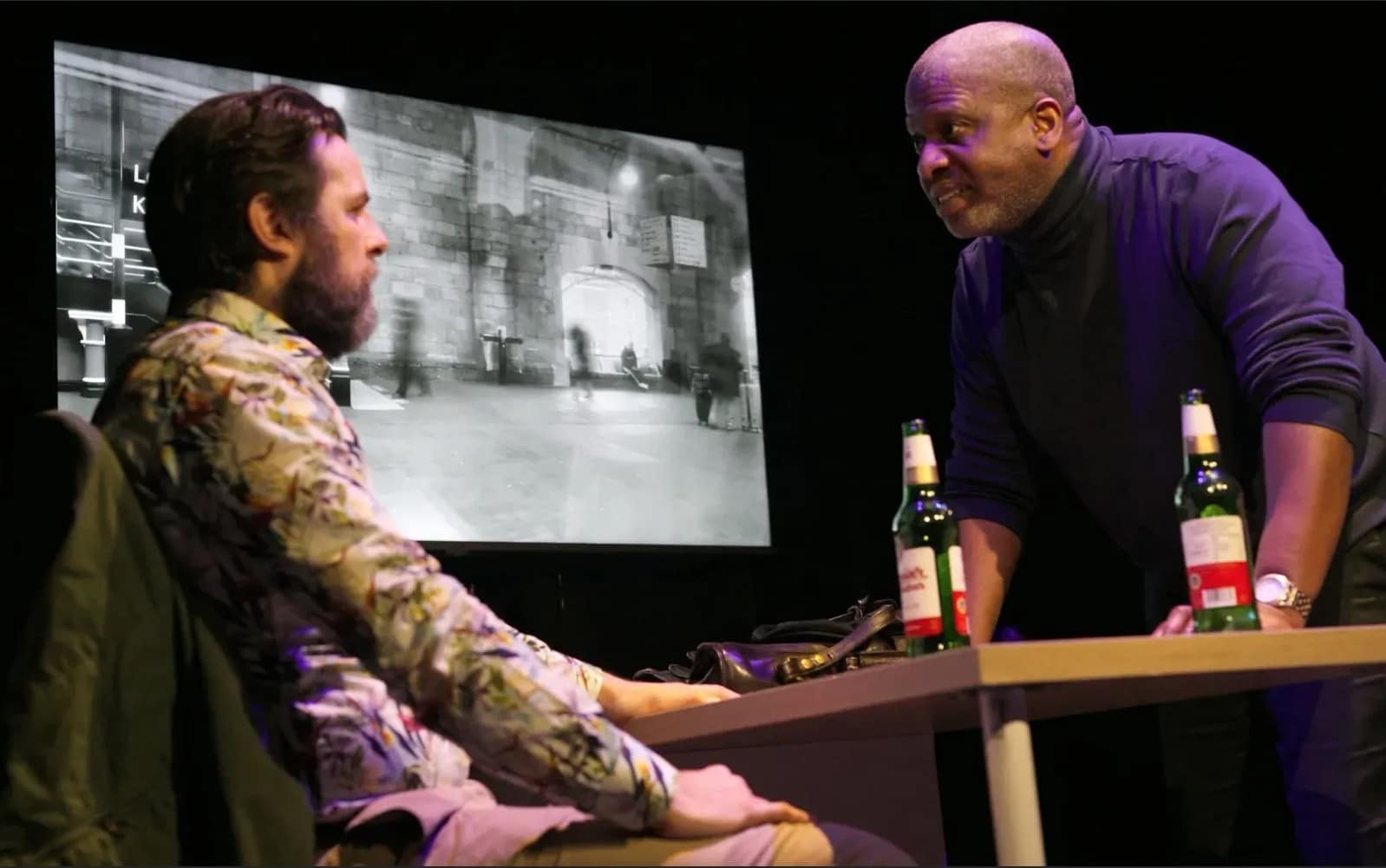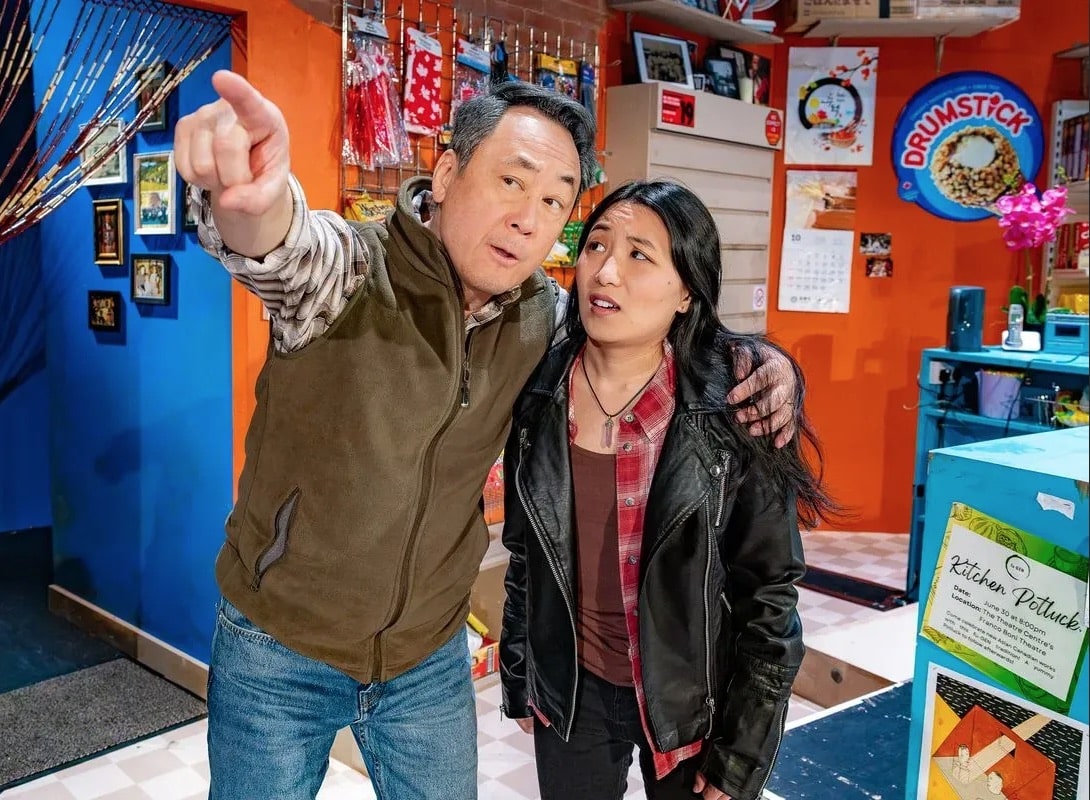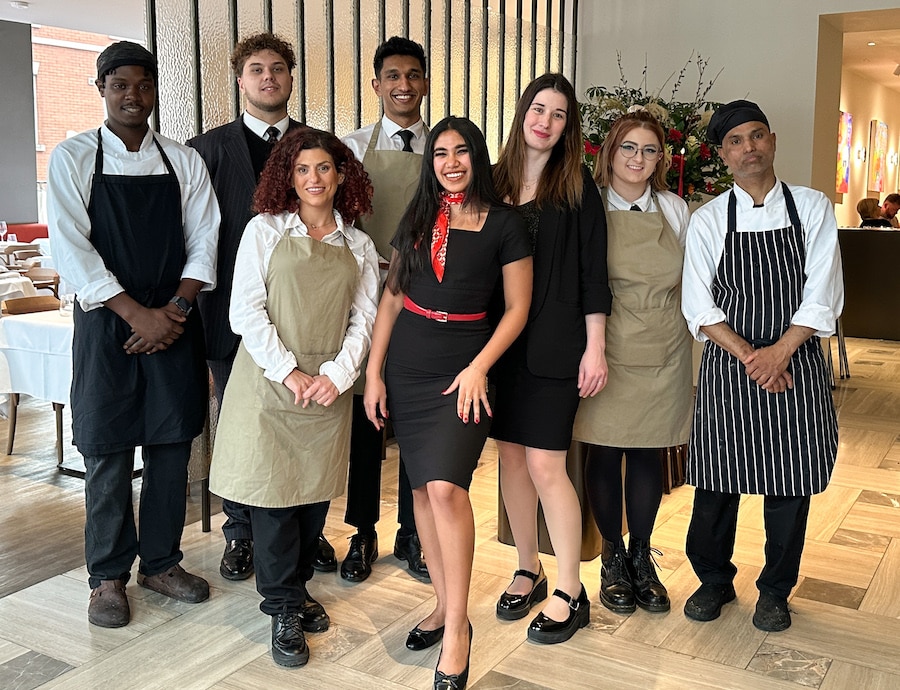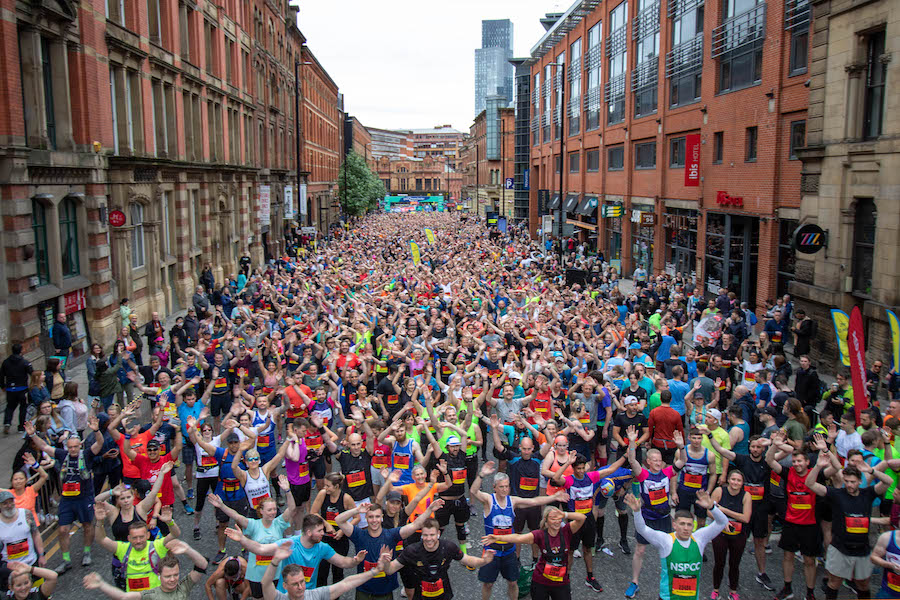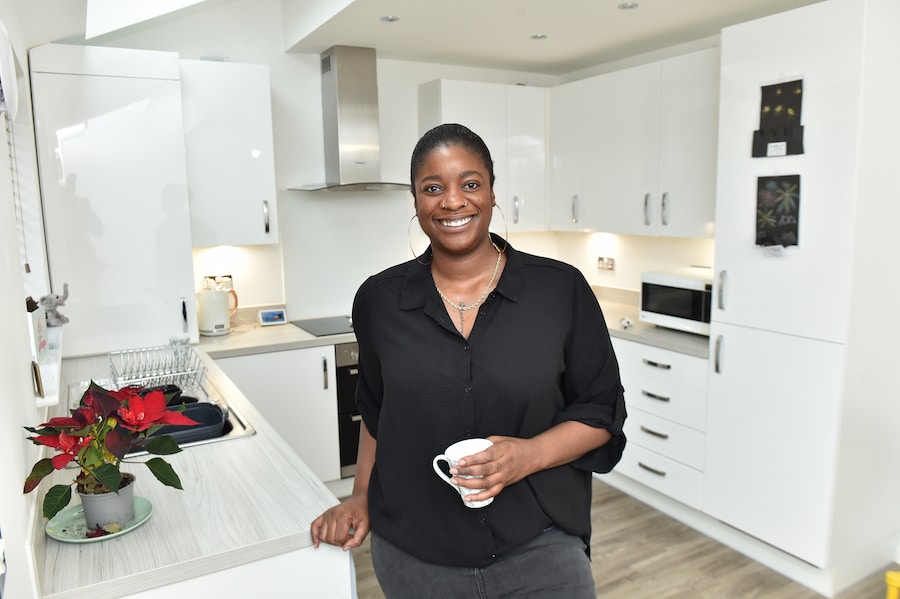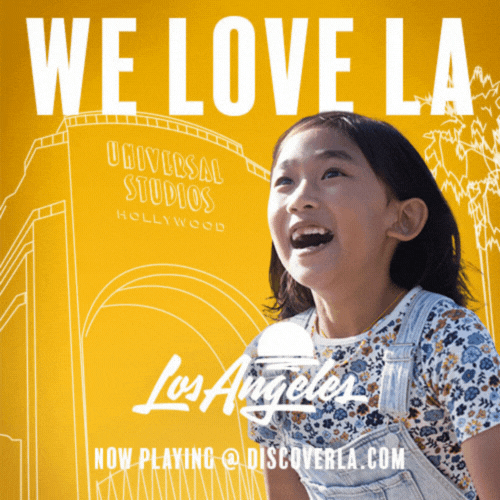“The day the punk rock atom was split” How the Sex Pistols changed music history in Manchester
- Written by Thom Bamford
- Last updated 3 months ago
- City of Manchester, Cornerstone, Featured, Music
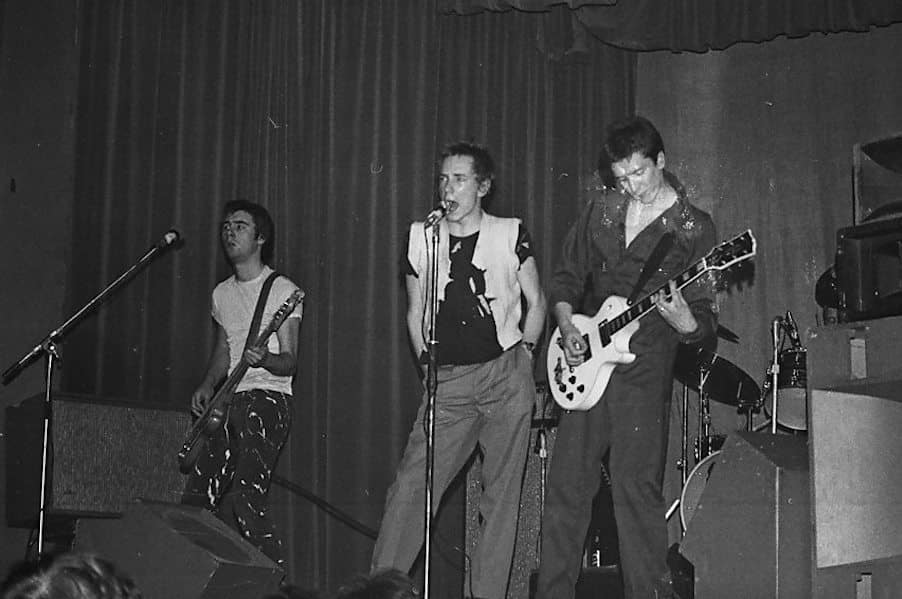
On a rainy June evening in 1976, something remarkable happened at Manchester’s Lesser Free Trade Hall.
In a half-empty room with just around 40 people in attendance, punk history was written.
The Sex Pistols, then a fledgling band making waves with their raw energy and sneering anti-establishment lyrics, took to the stage and unwittingly set off a cultural chain reaction that would transform not only Manchester but the global music scene.
Recently voted one of the most influential gigs of all time, the Sex Pistols’ performance that night is etched into the annals of music history. Its significance lies not in the performance itself—which lead singer John Lydon (aka Johnny Rotten) later claimed he couldn’t even remember—but in the audience it drew and the ripple effects it created.
Despite the low turnout, the people in that room would go on to form some of the most groundbreaking bands and redefine music and culture for decades to come. Let’s revisit that historic night and the legacy it left behind.
The Sex Pistols in Manchester, 1974
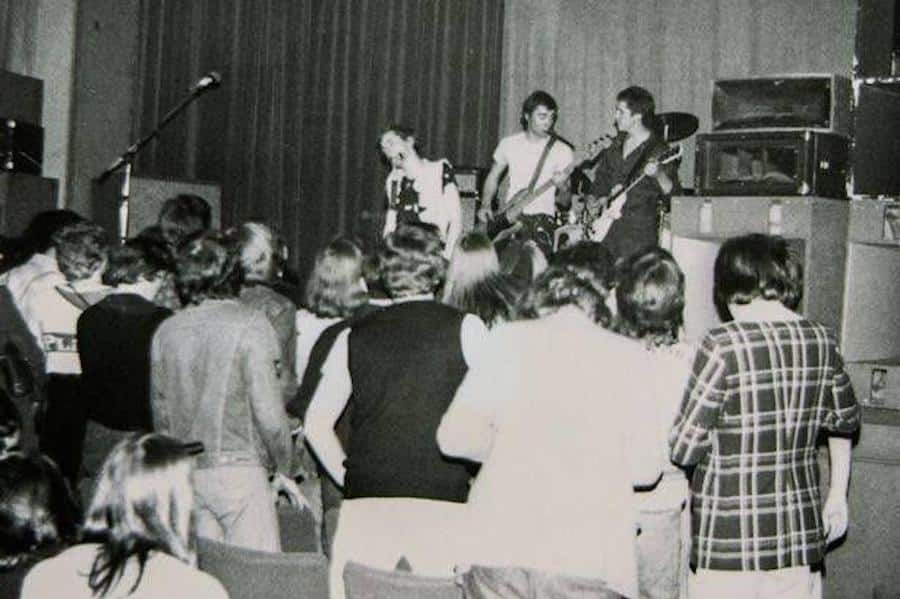
The story begins with two young Mancunians, Howard Devoto and Pete Shelley, who had read about the Sex Pistols in NME. Inspired by what they’d heard, the pair—already dabbling in music themselves—drove to London to see the band perform. Blown away by the Pistols’ ferocity, they invited them to play a gig in Manchester.
The duo scraped together enough money to hire the Lesser Free Trade Hall for £32 and advertised the gig in the Manchester Evening News, where tickets were listed for just 50p each.
However, Manchester’s appetite for punk was still nascent, and the gig’s attendance was modest at best. But what it lacked in numbers, it made up for in future influence. The crowd that night included individuals who would go on to shape the very fabric of music, fashion, and culture.
Who was in the audience?
Peter Hook and Bernard Sumner
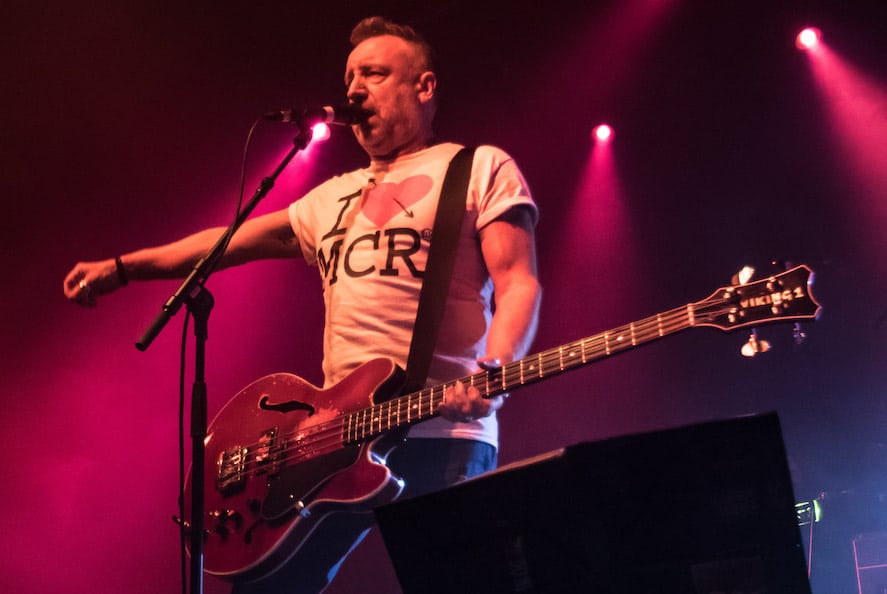
Two schoolmates from Salford, Peter Hook and Bernard Sumner, were in the audience that night. Hook recalls, “If they can do it, then so can we.” The next day, he purchased a bass guitar and began practicing.
Three weeks later, when the Pistols returned to Manchester, Hook and Sumner met Ian Curtis, and together with Stephen Morris, they formed Joy Division.
The band’s debut album, Unknown Pleasures, would later become a cornerstone of post-punk, influencing countless artists worldwide. After Curtis’s tragic death, Joy Division evolved into New Order, pioneering the fusion of post-punk and electronic music.
Morrissey
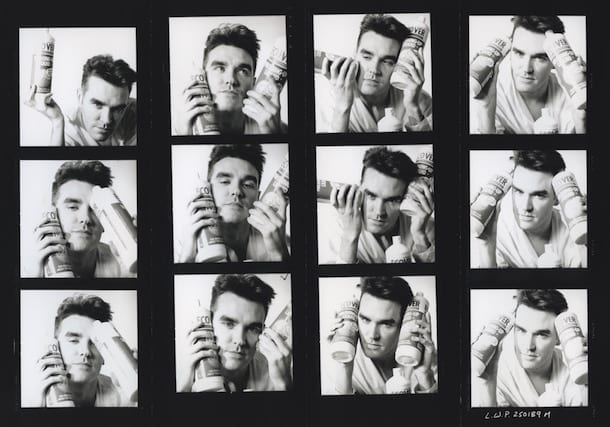
Seventeen-year-old Steven Patrick Morrissey, later known simply as Morrissey, also attended the gig. At the time, he was writing for NME and penned a characteristically acerbic review of the Pistols’ performance. Despite his initial critique, the gig left its mark on him. Morrissey would go on to form The Smiths with Johnny Marr, creating a band whose introspective lyrics and jangly guitars became the blueprint for indie rock.
Without The Smiths, it’s hard to imagine the emergence of bands like The Stone Roses and Oasis.
Mark E. Smith

Mark E. Smith, the mercurial frontman of The Fall, was also there. Already experimenting with music, he left the gig inspired to push boundaries further. The Fall’s avant-garde approach to punk and their staggering output—over 30 albums—cemented them as one of the most prolific and innovative bands of the post-punk era.
Tony Wilson
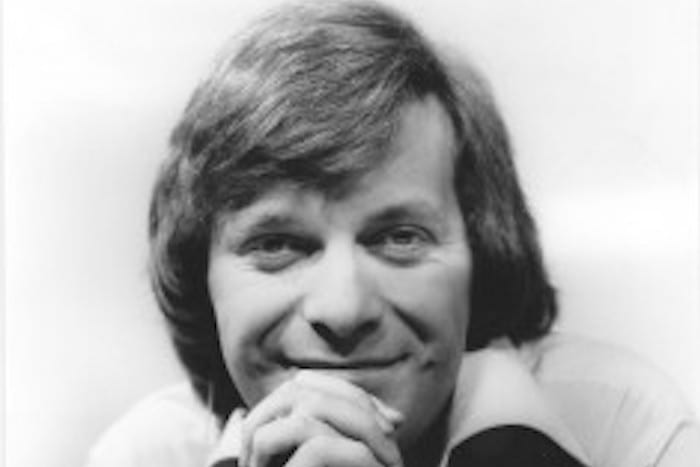
Though his presence at the gig is debated, Tony Wilson’s role in amplifying the Pistols’ impact is undeniable. The Granada TV presenter was so inspired by the band that he invited them to perform on his show, So It Goes.
This TV appearance introduced punk to a wider audience and catalysed the genre’s spread. Wilson later co-founded Factory Records, home to Joy Division, New Order, and the Happy Mondays, and opened the iconic Hacienda nightclub, which birthed the Madchester rave scene.
The Buzzcocks
Ironically, Devoto and Shelley, the gig’s organisers, weren’t ready to perform as the Buzzcocks that night. Instead, they worked the door. When the Pistols returned three weeks later, the Buzzcocks took the stage, becoming one of punk’s most influential bands. Their melodic yet raw sound laid the groundwork for pop punk and indie music.
Dr John Cooper Clarke
Legendary “punk poet” John Cooper Clarke was also in the crowd that night, a fact he later immortalised in his memoir. Known for his razor-sharp wit and rapid-fire delivery, Clarke vividly described the electric atmosphere, calling it “a night where Manchester felt like the centre of the universe.” He reminisced about the raw energy of the performance and the crowd’s unrelenting passion, noting how the gig encapsulated everything that made the city’s music scene so special: gritty, groundbreaking, and unapologetically bold.
Mick Hucknall
Mick Hucknall, the future frontman of Simply Red, was among the select few who witnessed the Sex Pistols’ seminal performance at Manchester’s Lesser Free Trade Hall on June 4, 1976. This gig, organised by Howard Devoto and Pete Shelley, who would later form the Buzzcocks, is often credited with igniting the punk movement in Manchester. Hucknall, then a teenager, was profoundly influenced by the raw energy and rebellious spirit of the performance. Reflecting on the experience, he noted that punk’s straightforward, impactful lyrics resonated with him in a way that the more elaborate compositions of bands like Genesis or Yes did not. This exposure played a pivotal role in shaping his musical sensibilities, eventually leading to the soulful yet edgy sound that defined Simply Red.
Why was it so influential?
The Sex Pistols’ appeal lay in their rawness and relatability. John Lydon’s lyrics were steeped in working-class frustration, addressing the grim realities of post-war Britain. Punk wasn’t just a sound—it was a movement that gave voice to disaffected youth who felt alienated by mainstream society. As Dave Nolan, author of I Swear I Was There, observed, the audience that night thought, “That’s rubbish! We could do so much better than that.” And they did.
Caroline Coon, an early punk advocate, noted that it was “natural” for a group of deprived, working-class kids like the Sex Pistols to create anti-establishment music. The gig’s attendees didn’t just see a performance; they saw a blueprint for rebellion. The Pistols proved that you didn’t need to be a virtuoso to make impactful music—you just needed passion, grit, and a message.
A Legacy That Endures
Years later, the impact of that night is still felt. The bands and individuals inspired by the Pistols at the Lesser Free Trade Hall went on to redefine music, influencing genres from indie to electronic to dance. Manchester itself became synonymous with musical innovation, earning its place as one of the world’s great music cities.
What the Sex Pistols demonstrated that night wasn’t technical brilliance but raw possibility. They inspired a generation to pick up guitars, write songs, and challenge the status quo. And in doing so, they ignited a cultural revolution. For anyone considering taking a leap into the unknown—whether in music, art, or life—the lesson of that gig is clear: don’t wait for permission. Just start. You never know; you might just change the world.
- This article was last updated 3 months ago.
- It was first published on 27 January 2025 and is subject to be updated from time to time. Please refresh or return to see the latest version.
Did we miss something? Let us know: press@ilovemanchester.com
Want to be the first to receive all the latest news stories, what’s on and events from the heart of Manchester? Sign up here.
Manchester is a successful city, but many people suffer. I Love Manchester helps raise awareness and funds to help improve the lives and prospects of people across Greater Manchester – and we can’t do it without your help. So please support us with what you can so we can continue to spread the love. Thank you in advance!
An email you’ll love. Subscribe to our newsletter to get the latest news stories delivered direct to your inbox.
Got a story worth sharing?
What’s the story? We are all ears when it comes to positive news and inspiring stories. You can send story ideas to press@ilovemanchester.com
While we can’t guarantee to publish everything, we will always consider any enquiry or idea that promotes:
- Independent new openings
- Human interest
- Not-for-profit organisations
- Community Interest Companies (CiCs) and projects
- Charities and charitable initiatives
- Affordability and offers saving people over 20%
For anything else, don’t hesitate to get in touch with us about advertorials (from £350+VAT) and advertising opportunities: advertise@ilovemanchester.com
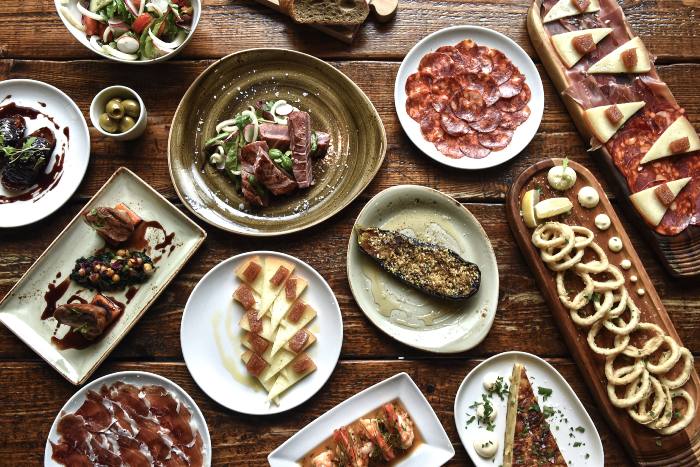
Irresistible tapas spots in Manchester that’ll make you feel like you’re in Spain
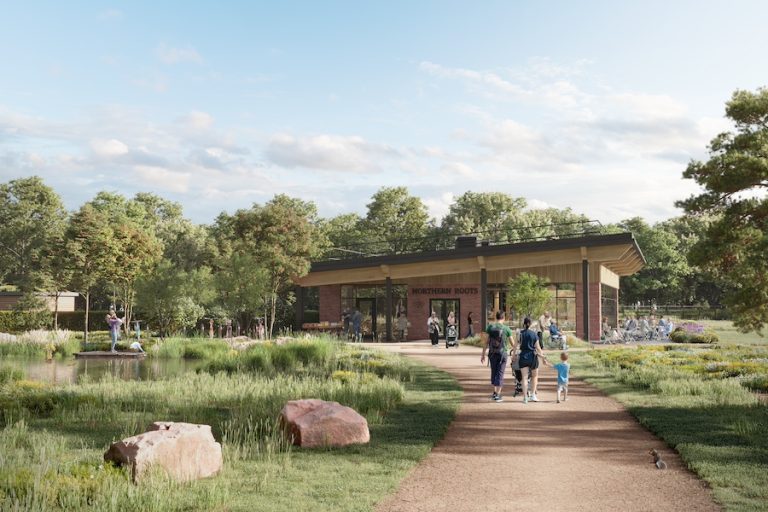
£13m visitor centre to transform Oldham’s Northern Roots park

How Empower Youth Zones are changing young lives in Manchester
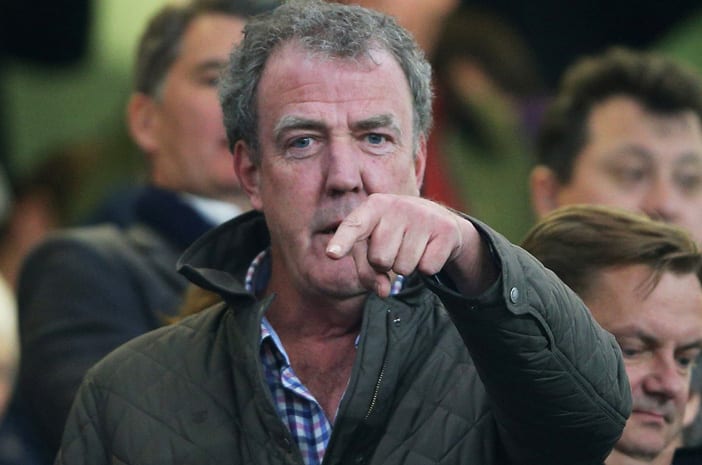
“Manchester is not Britain’s second city, it’s the first” – Jeremy Clarkson

